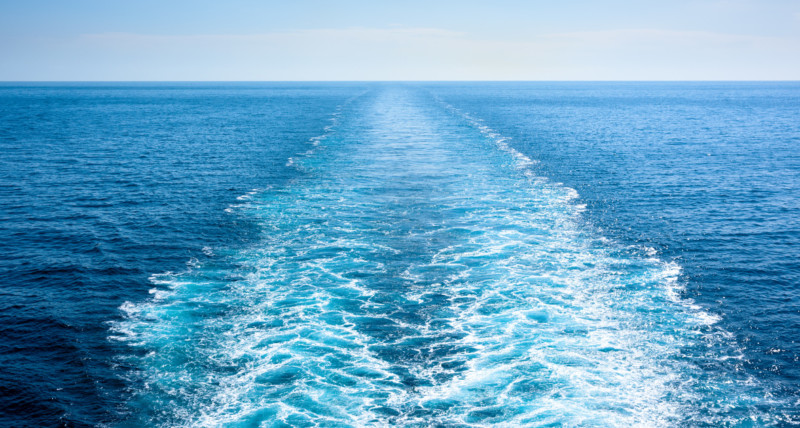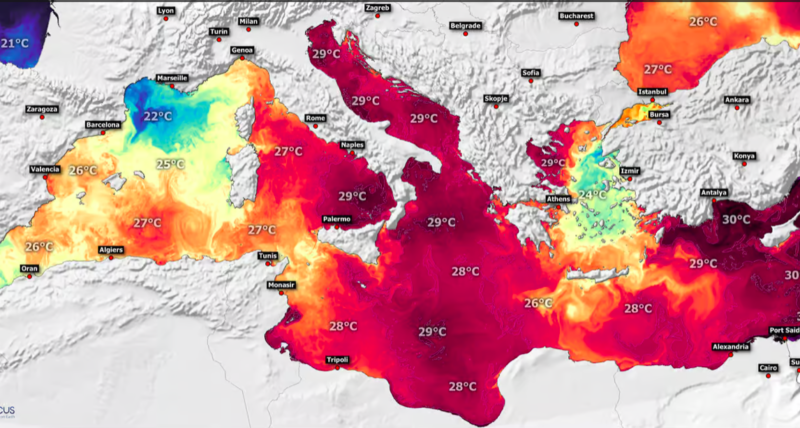
After being struck by a boat, Charlotte, a 62 kg green turtle, has been living with a rare and disabling condition affecting her buoyancy. Thanks to a custom-designed turtle harness made with 3D printing technology, she now has an innovative and tailored solution.
IN BRIEF
- Charlotte, an injured sea turtle, has suffered from partial paralysis and buoyancy issues since 2019.
- A custom 3D-printed harness, designed by Adia and New Balance, is helping Charlotte regain better aquatic mobility.
- This innovation could revolutionize the rehabilitation of injured sea turtles, offering hope for their reintroduction to the wild.
Among the many threats faced by sea turtles, boat collisions often leave irreversible scars. Charlotte, a turtle victim of such an accident, exemplifies the complexity of these injuries: partial paralysis, buoyancy issues, and a daily struggle with these handicaps. However, thanks to an astonishing innovation—a custom-designed and 3D-printed turtle harness—her story is taking a new turn.
A Disabling Syndrome Linked to Trauma
The « bouncy butt syndrome, » also known as positive buoyancy disorder, is a condition observed in some sea turtles injured by boats. In Charlotte’s case, the impact severely damaged her shell and spine, causing partial paralysis in her rear flippers.
These injuries had a major impact on her buoyancy. Air became trapped in her gastrointestinal system and shell, causing her to maintain a tilted position in the water with her rear end constantly floating at the surface. This position disrupted her movement, made it difficult for her to access food, and put pressure on certain organs.
Such trauma is unfortunately common among sea turtles. According to NOAA (National Oceanic and Atmospheric Administration), hundreds of thousands of sea turtles are injured by boats every year, and most of those affected cannot be reintroduced into their natural habitat due to these permanent handicaps.
Technological Innovation for Animals
In the face of this challenge, the Mystic Aquarium team tested several devices for Charlotte. They attempted using weighted belts to counterbalance her buoyancy. Unfortunately, these solutions had issues—some caused irritations, others detached easily, and some were simply ineffective.
In 2019, the aquarium teamed up with Adia, 3D printing experts, and New Balance Athletics to find a suitable solution. They began by scanning Charlotte’s shell with precision. Using this data, they designed a custom harness made from nylon reinforced with carbon fiber. The harness is light yet strong and flexible to fit the turtle’s natural movements.
« The problem we were trying to solve essentially involved placing weights on Charlotte’s back, which seems very simple but turned out to be a very difficult process. The only way to make something stick to Charlotte was to build a custom device, » explained Nick Gondek, an engineer at Adia, in IFLScience.
The harness is designed to hold modular weights that compensate for the excessive buoyancy caused by the trapped air. Its unique design prevents infections, which are common with other devices, while still being comfortable for Charlotte. « Charlotte received what you could call the Ferrari of turtle harnesses, » Gondek jokes.
Encouraging Results for Charlotte and Other Turtles
Since Charlotte started using this harness, there have been notable improvements. Her rear flippers, previously inactive, are now moving more. She balances better in the water, which allows her to swim more naturally and regain species-specific behaviors, such as sleeping underwater or near rocks.
The caregivers use the harness as a rehabilitation tool, with Charlotte wearing it for a few hours each day to gradually adjust to her new balance. The progress observed in this turtle encourages the team to consider a broader application of this technology.
A Turtle Harness Project Combining Expertise and Passion
This project, which took over five years of development, highlights the importance of collaboration between veterinarians, engineers, and researchers to meet the specific needs of injured animals.
Gabriela Queiroz Miranda, an engineer who worked on a weighted belt designed to help sea turtles suffering from « bouncy butt syndrome » while she was a student at Minnetonka High School in Minnesota, also contributed. « I’m passionate about creative problem-solving and marine life, so I wanted to combine the two by creating a buoyancy solution that was better for captive animals, » she told Popular Science.
Her design earned her the prestigious Naval Science Award in 2019, and she was also a finalist at the Intel ISEF International Science Fair Award that same year.
Charlotte is now equipped with a robust, adjustable turtle harness, printed using cutting-edge technology. The experience with this turtle could serve as a model for other initiatives aimed at improving the lives of injured marine animals.



